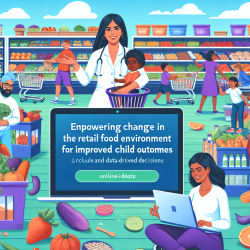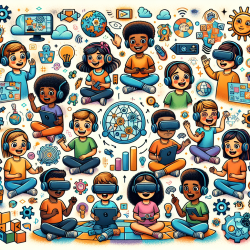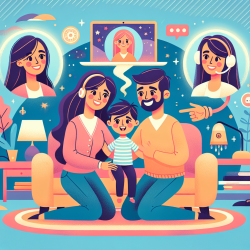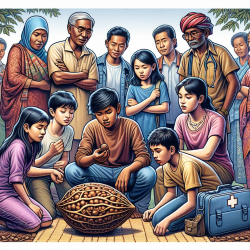Introduction
As a dedicated speech-language pathologist, I am constantly seeking innovative ways to enhance the outcomes for children. The intersection of retail food environments (RFEs) and customer interactions presents a unique opportunity to influence health and behavior positively. Drawing insights from the research article "A Model Depicting the Retail Food Environment and Customer Interactions: Components, Outcomes, and Future Directions," we can explore how these concepts can be applied to improve child outcomes in educational settings.
Understanding the Retail Food Environment
The Retail Food Environment (RFE) is a dynamic system that encompasses various components such as business models, actors, sources, and the customer retail experience. These components interact to influence food choices at the point of purchase. Understanding these interactions is crucial for developing strategies that can positively impact children's health and learning environments.
Applying RFE Insights to Child Outcomes
By leveraging the insights from the RFE model, practitioners can enhance their strategies in several ways:
- Promoting Healthy Choices: Schools can collaborate with local retailers to ensure the availability of nutritious food options, thus promoting healthier eating habits among students.
- Educational Interventions: Incorporating lessons about the RFE into the curriculum can help students understand the impact of their food choices on health and well-being.
- Parental Engagement: Educating parents about the RFE can empower them to make informed decisions that support their children's nutritional needs.
Encouraging Further Research
The RFE model highlights the need for transdisciplinary collaborations to address the multifaceted nature of food environments. Practitioners are encouraged to engage in further research to explore innovative solutions that can enhance child outcomes. This includes investigating the role of convenience, accessibility, and the influence of retail actors on food choices.
Conclusion
The Retail Food Environment and Customer Interaction Model offers a comprehensive framework for understanding the complex dynamics that influence food choices and their impact on health. By applying these insights, practitioners can develop data-driven strategies that improve child outcomes in educational settings. To delve deeper into the original research, please follow this link: A Model Depicting the Retail Food Environment and Customer Interactions: Components, Outcomes, and Future Directions.










